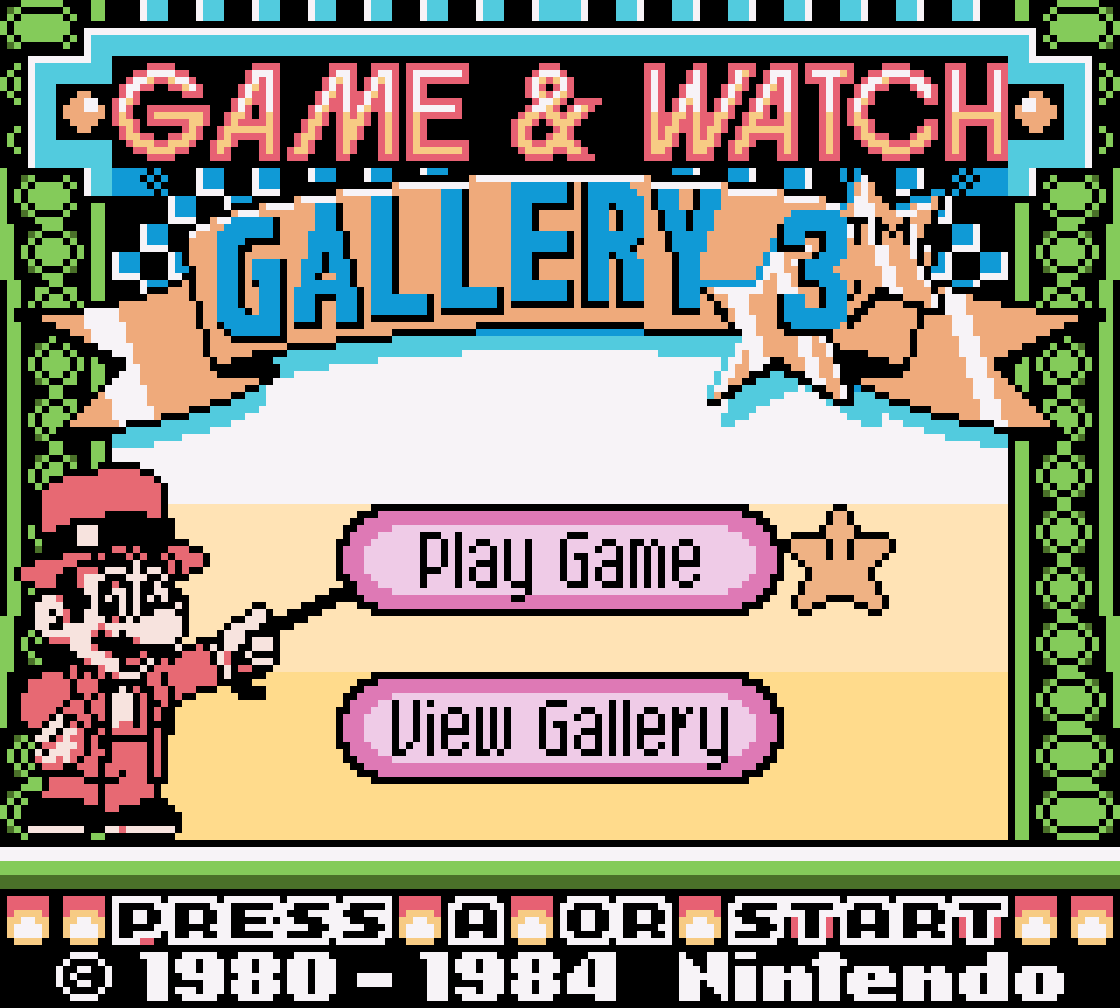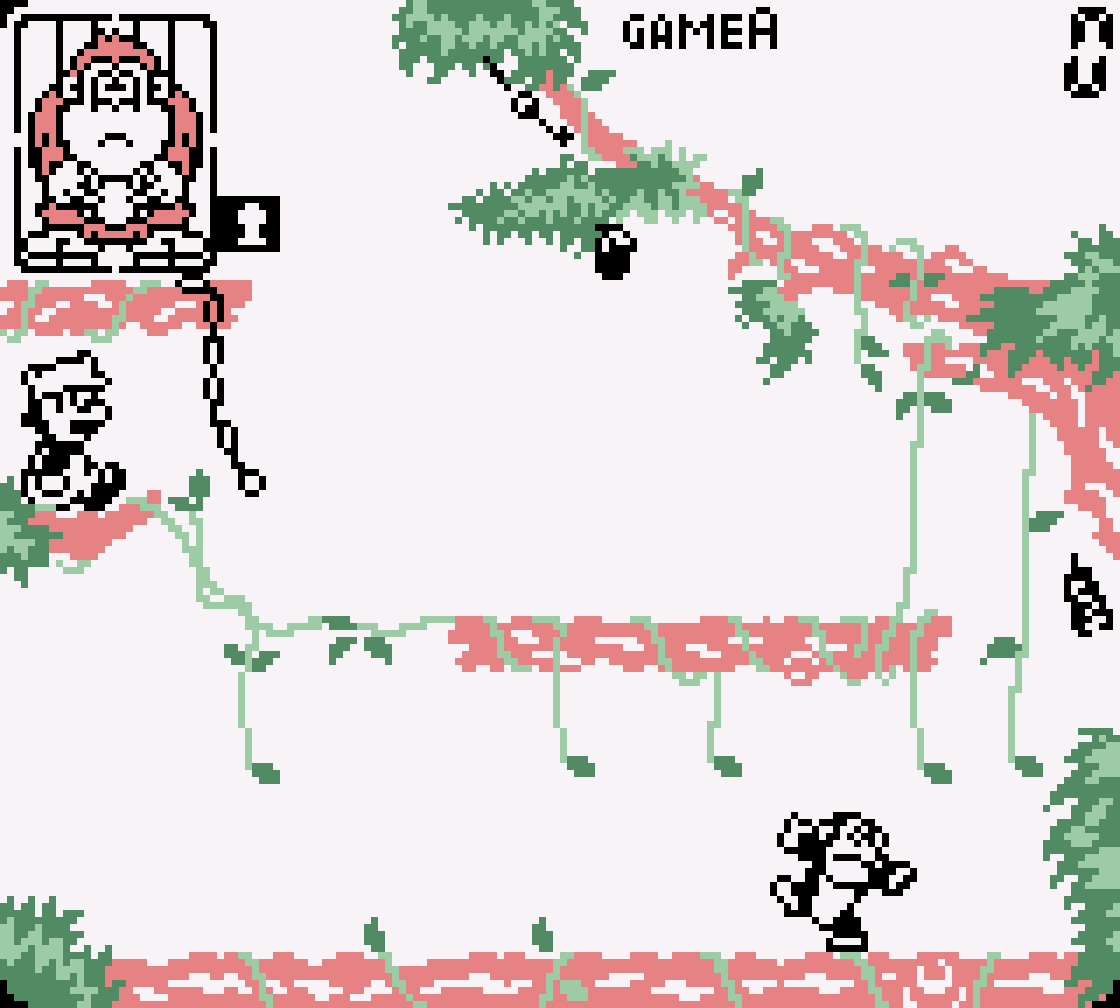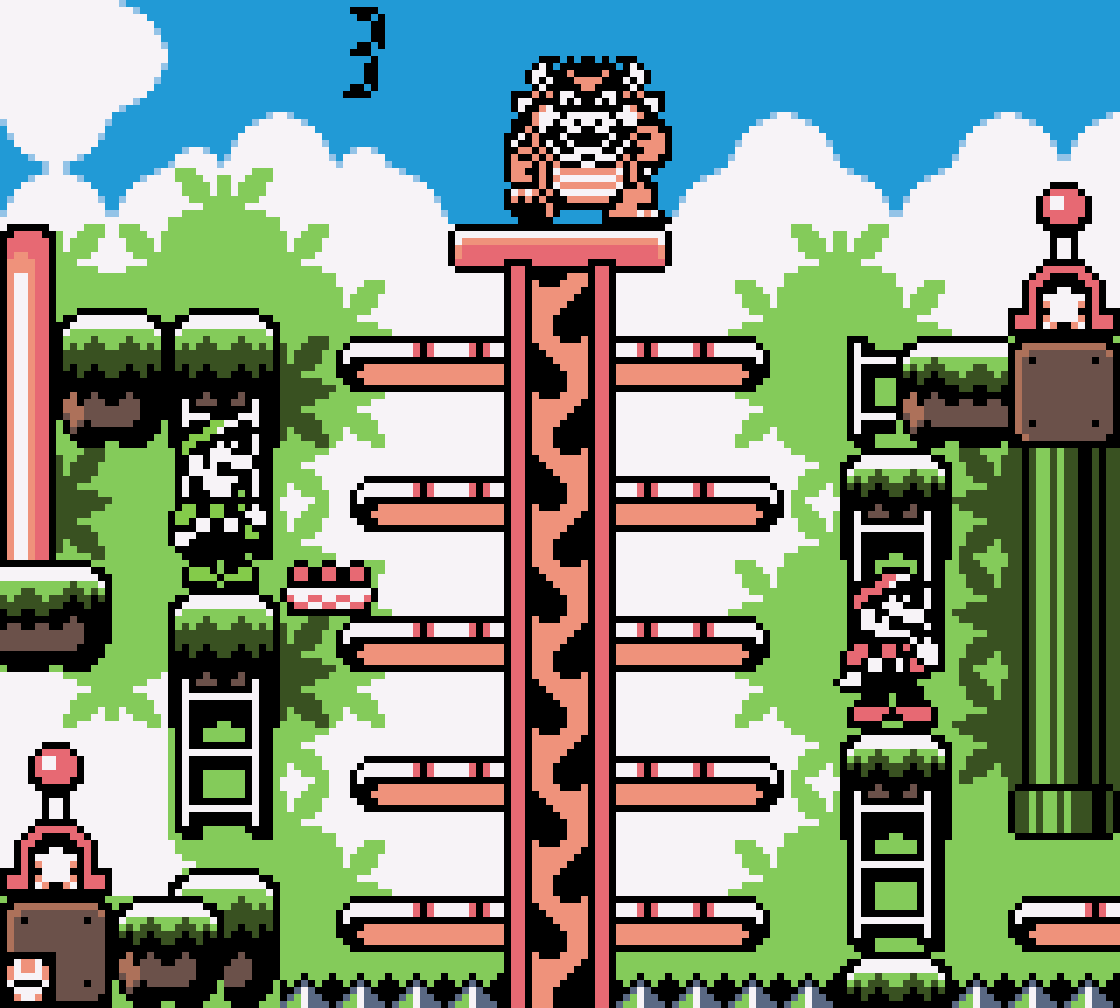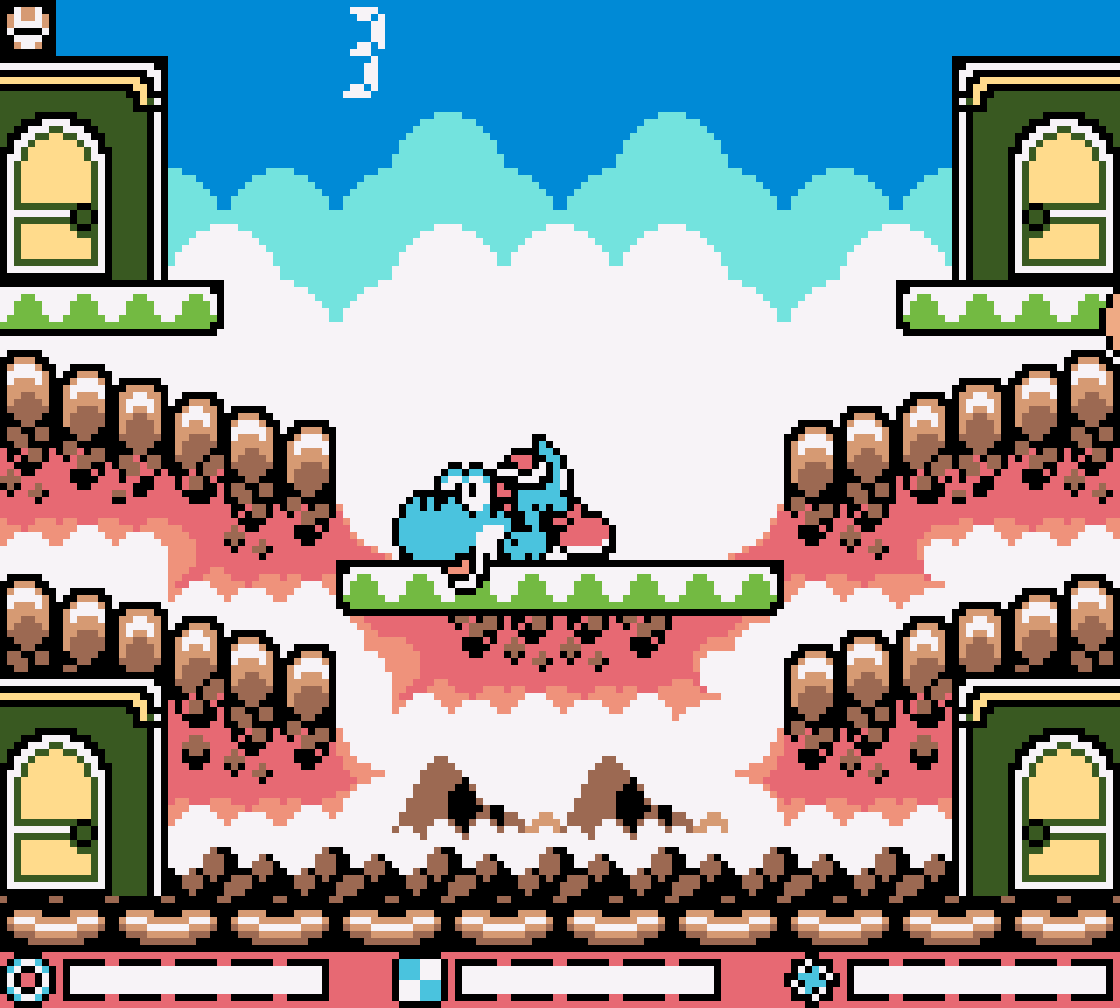Game & Watch titles are Nintendo game design at its finest
As regular readers will know, I’ve been rediscovering the joys of the Game Boy and Game Boy Advance of late — initially spurred by the arrival of both systems on Nintendo Switch Online, but subsequently through my desire to curate a collection for the real thing. And one of the series I’ve become particularly infatuated with of late is the Game & Watch Gallery series.
Nintendo Switch owners can enjoy Game & Watch Gallery 3 as part of the Game Boy app on Nintendo Switch Online, and this is a great, accessible place to start. It’s a Game Boy Colour-enhanced game, meaning that it’s… well, colourful… and beyond that, it also presents an excellent selection of games to get started with.

If you find yourself wanting to explore further, though, there are several other collections available too: Game Boy Gallery: 5 Games in 1 for original Game Boy; Game & Watch Gallery for original Game Boy; Game & Watch Gallery 2 for Game Boy with Game Boy Colour enhancements; and Game & Watch Gallery 4 (aka Game & Watch Gallery Advance) for, you guessed it, Game Boy Advance.
Each collection features a handful of games that were originally released as Nintendo’s standalone LCD Game & Watch handhelds. Predating the original Game Boy — and, like the Game Boy, designed by the legendary, dearly departed Gunpei Yokoi — these were simple devices that, as the name suggests, played a single game each, as well as providing a clock and alarm function.
Due to the fact that these games made use of a twisted nematic LCD display — the kind that you used to see on digital watches and the like — the games had to be pretty limited in scope, because every single possible happening in the game needed its own space on the screen, with the appropriate elements “lighting up” (or perhaps it’s more appropriate to say they “darkened”, since they appeared as black on a grey background) as various things occurred.

While this might sound unthinkable to younger gamers who grew up with more complex games on their phones and tablets, the genius of Game & Watch games was that they were all extremely playable. Standalone LCD handhelds are often treated as a bit of a joke by some thanks to the cheap-as-chips Tiger handhelds of the early ’90s, most of which didn’t play particularly well. But Game & Watch devices set themselves apart by being solidly designed, enjoyable games that played well to the hardware’s very limited capabilities.
The strength of the Game & Watch games’ design is very apparent in the Game & Watch Gallery games, because in all except the first Game Boy Gallery release, it’s possible to play the games in both “Classic” and “Modern” variants, with the former being a loving recreation of the original LCD experience, and the latter presenting the same gameplay, often with a few minor additions, with modern (relatively speaking) Game Boy presentation — smooth animation, catchy music, sound effects beyond the original handhelds’ beeps and farts.
While the Modern versions are more aesthetically pleasing to look at through today’s eyes, the fact that the gameplay is minimally changed from the Classic versions speaks volumes; these games already worked very well, so any additions the Modern versions provide are very minor, usually simply providing an additional means of earning bonus points atop the basic mechanics of the original.
The great thing about Game & Watch games is that they tap into that part of our brain that enjoys performing tasks that are repetitive, but which nonetheless require concentration. Pretty much every Game & Watch game involves doing the same thing over and over again until you fail three times, but the genius comes in the gradually escalating pace of the game, and the challenges presented by having to take multiple things into account at once.

Take the “Mario Bros.” game in Game & Watch Gallery 3, for example. This is an extremely simple game in which you control both Mario and Luigi as they pass packages back and forth up a series of conveyor belts. Initially, this seems almost insultingly straightforward, particularly on the easier “Game A” setting, but the longer you play, the more frantic it becomes. Multiple packages in play at once necessitate that you carefully prioritise both Mario and Luigi’s actions as well as quickly responding to the things that are happening — and it’s hard not to get drawn in to this incredibly simple yet compelling little game.
The other games are all the same, too. Greenhouse sees you frantically seeing off insect invasions across a two-tier playfield. Egg sees you catching eggs that appear from one of four different locations on the screen. Turtle Bridge sees you carefully timing steps across a very unstable living bridge to deliver packages. And there are plenty more to discover across the various collections.
The brilliant thing about all the Game & Watch games is that they can be explained extremely simply, usually in a single sentence. But that seemingly simple concept hides gameplay with a surprising amount of depth — and which evolves the longer you play in the most subtle, deliciously designed ways.

If you’ve never had the pleasure of playing a Game & Watch game — and I wouldn’t be surprised if you hadn’t, since the original units are highly collectible, sought-after and pricy these days — then I highly recommend giving Game & Watch Gallery 3 a go on your Switch. Or, even better, grab yourself a Game Boy of some description and enjoy the series in full!
Join The Discussion
Rice Digital Discord
Rice Digital Twitter
Rice Digital Facebook
Or write us a letter for the Rice Digital Friday Letters Page by clicking here!
Disclosure: Some links in this article may be affiliate links, which means we may earn a small commission if you make a purchase after clicking on them. This is at no additional cost to you and helps support Rice Digital!
- Letter from the Editor: passing the torch - June 30, 2023
- Super Woden GP 2 is looking promising - June 30, 2023
- Inti Creates is making a 32 bit-style Love Live action platformer - June 26, 2023






